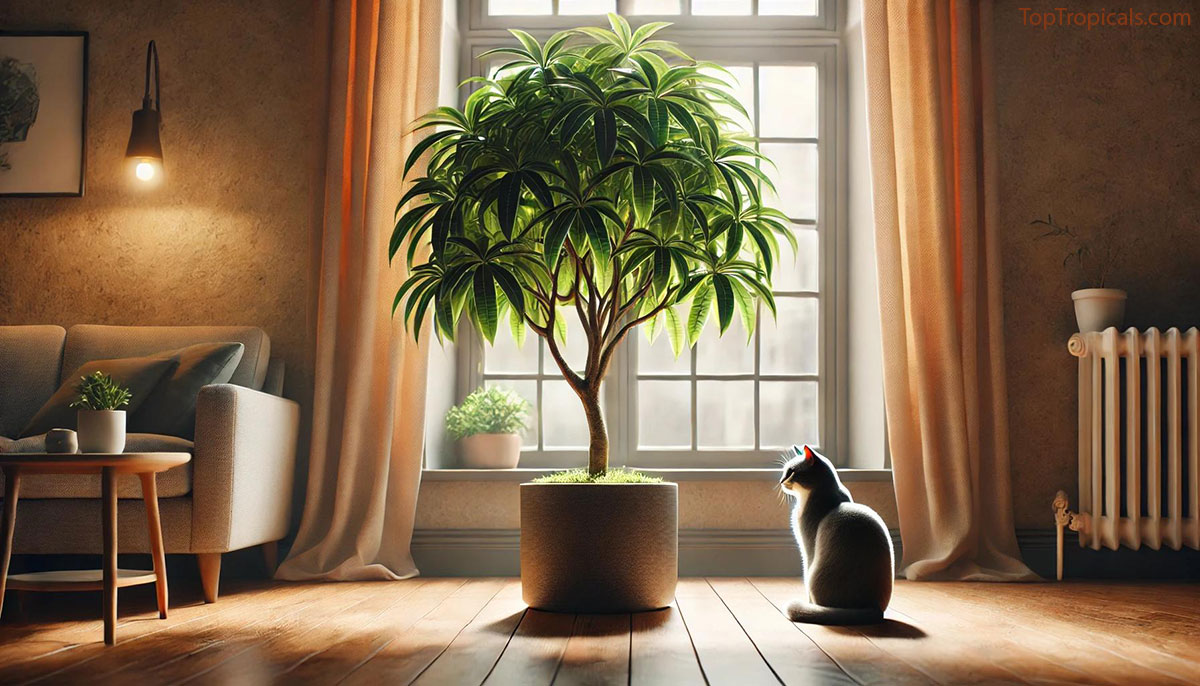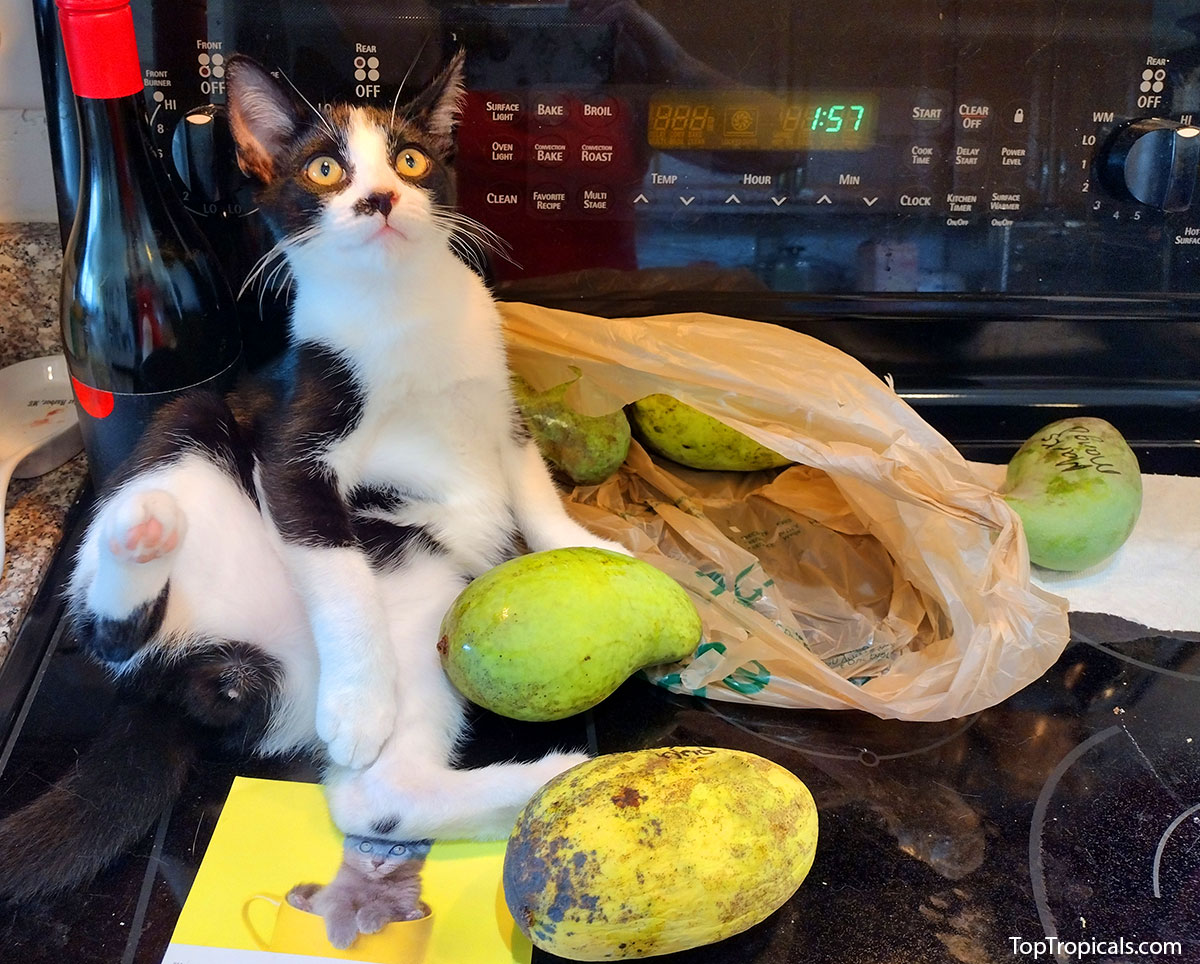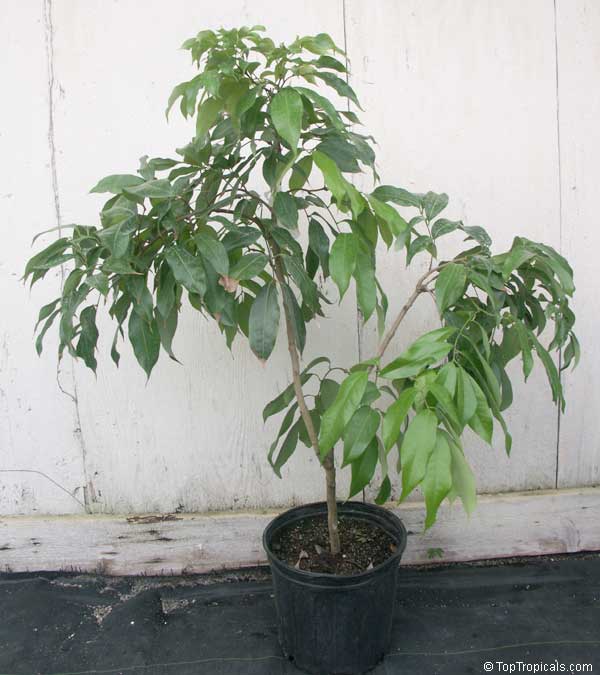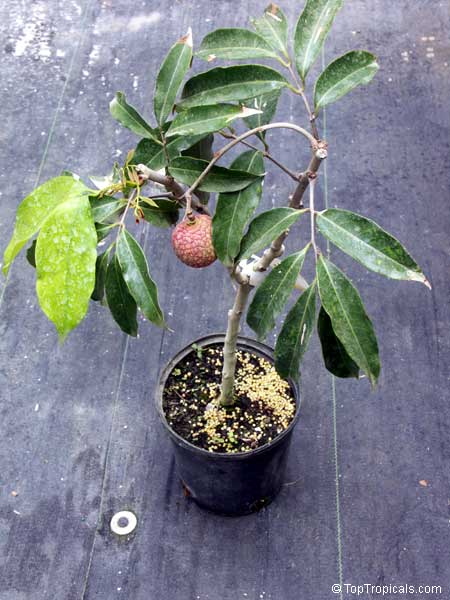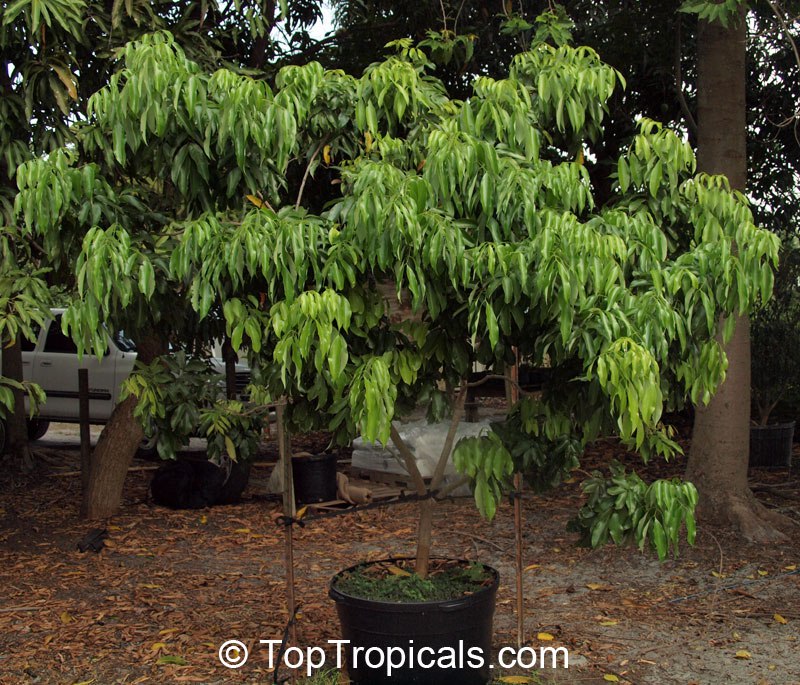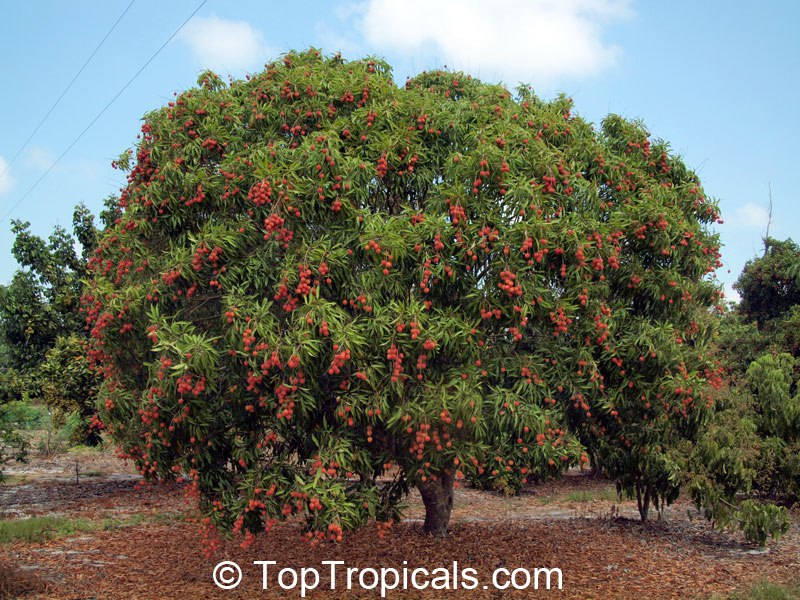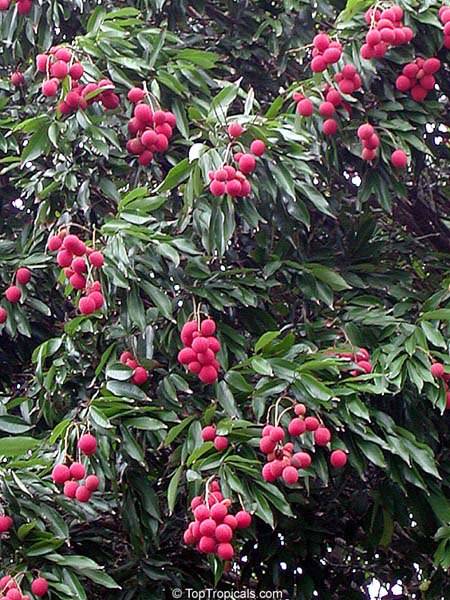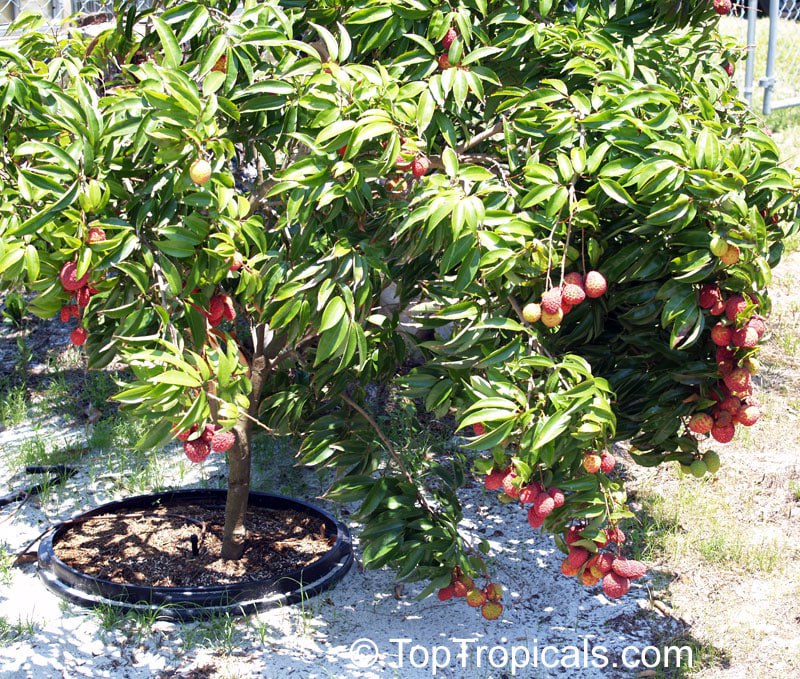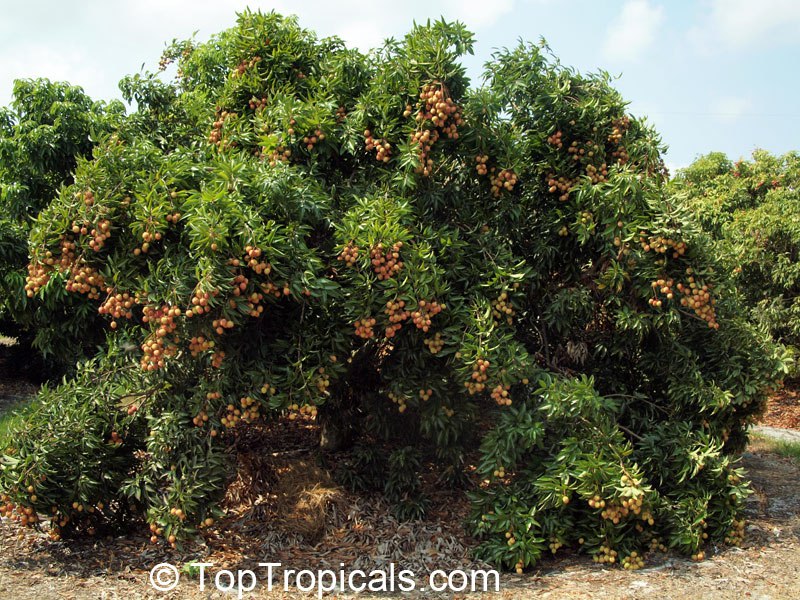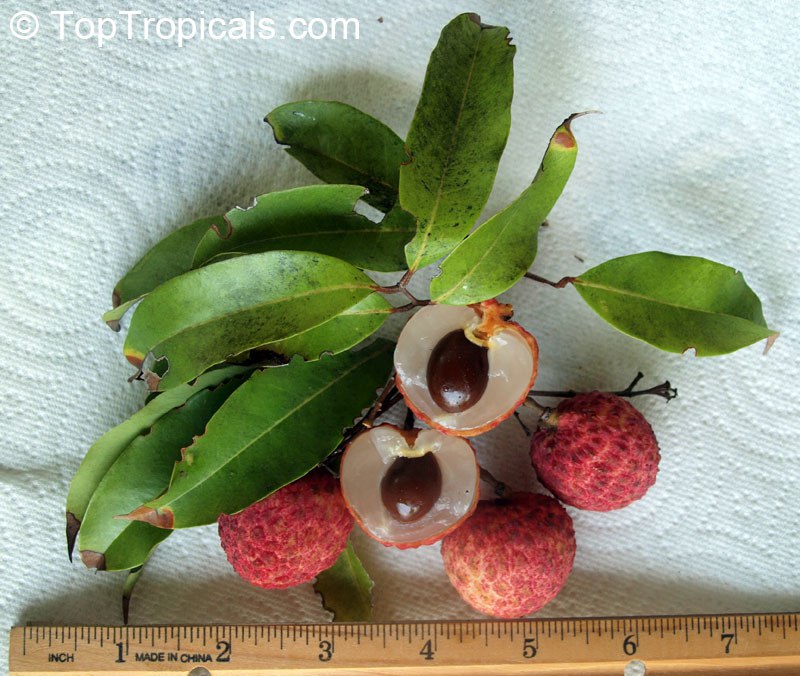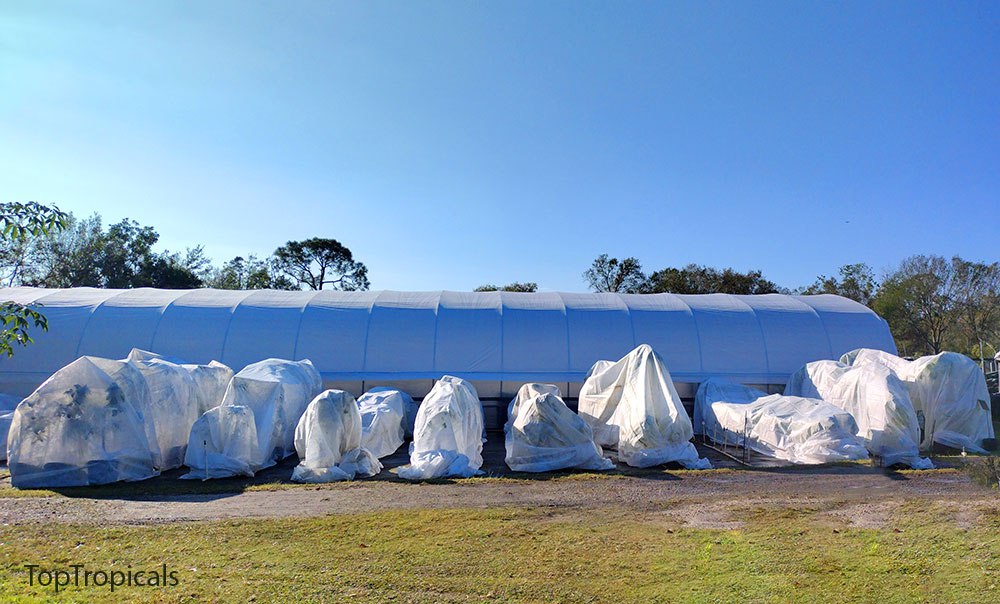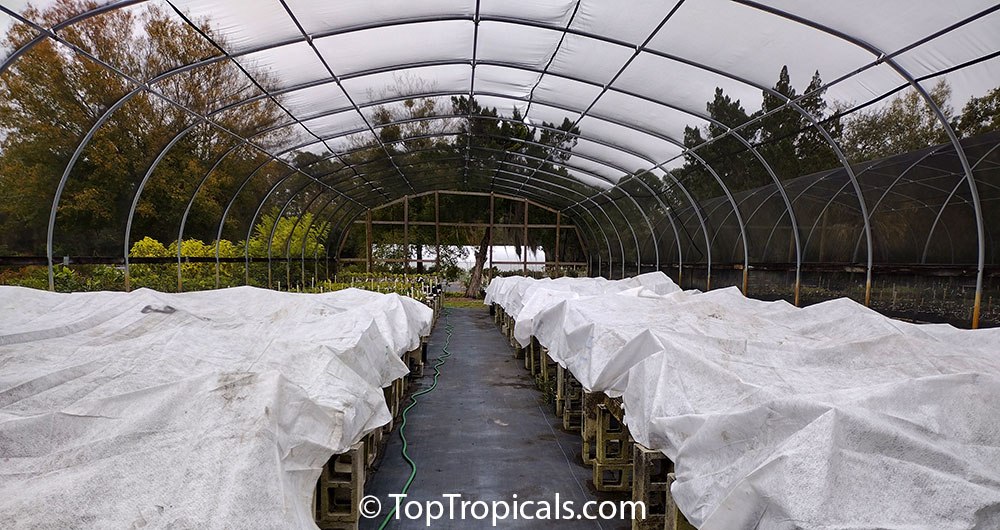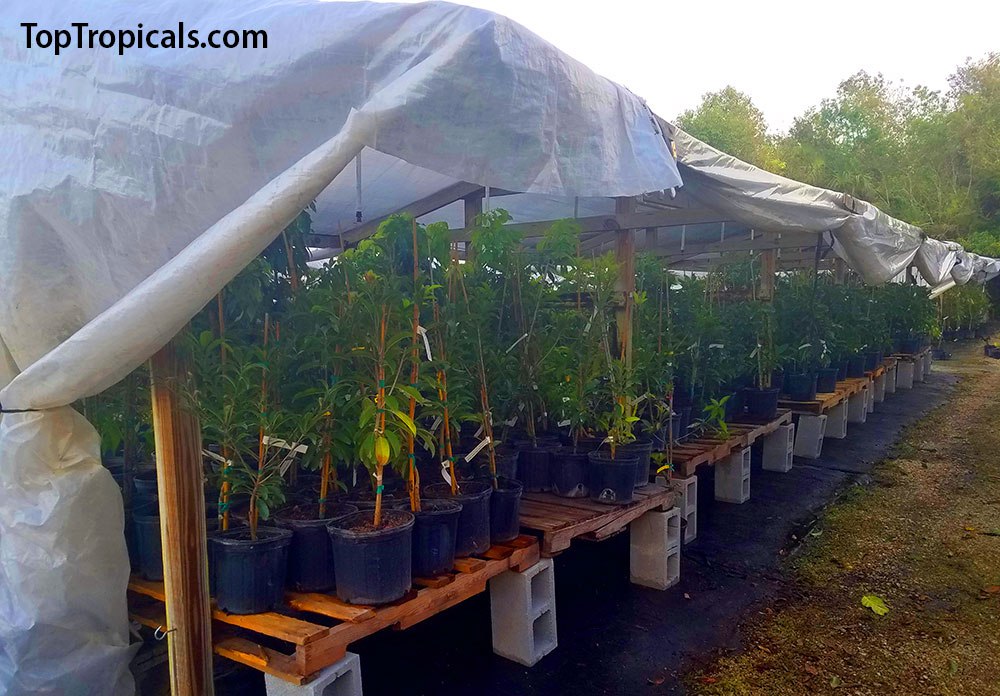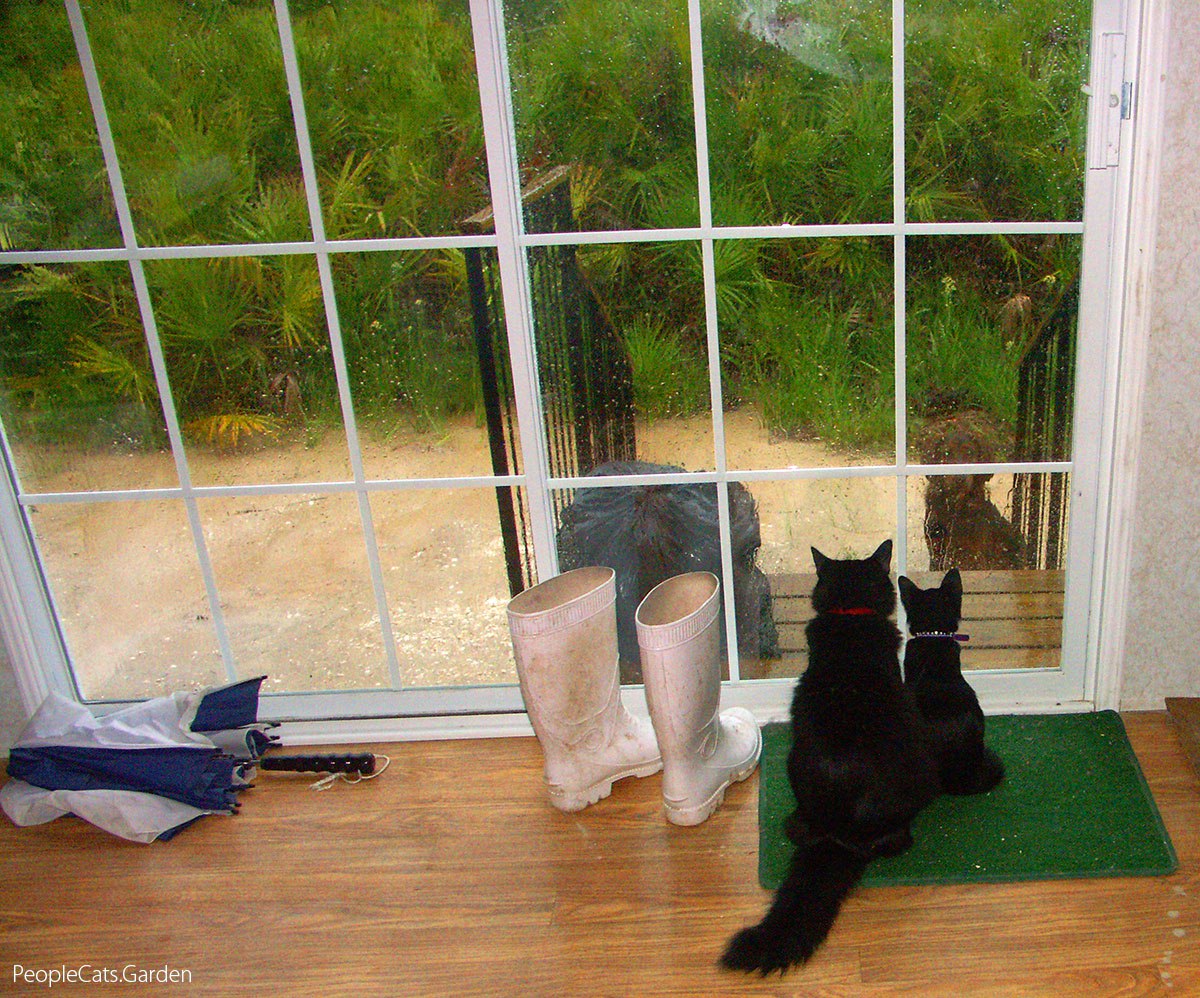Six most desired perfume plants
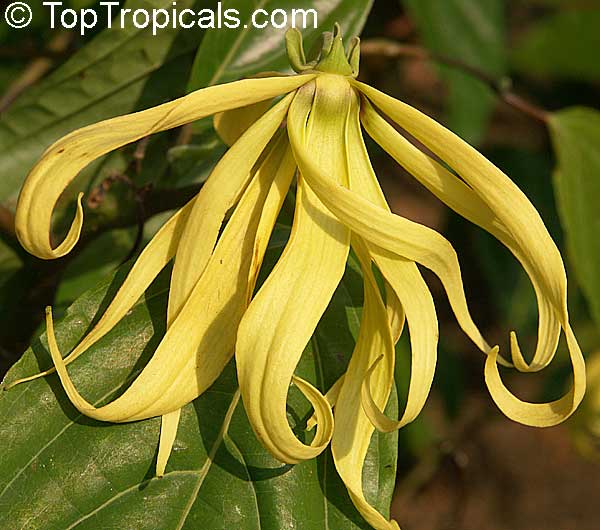
Cananga fruticosa - Dwarf Ylang-Ylang, Chanel No 5 Tree
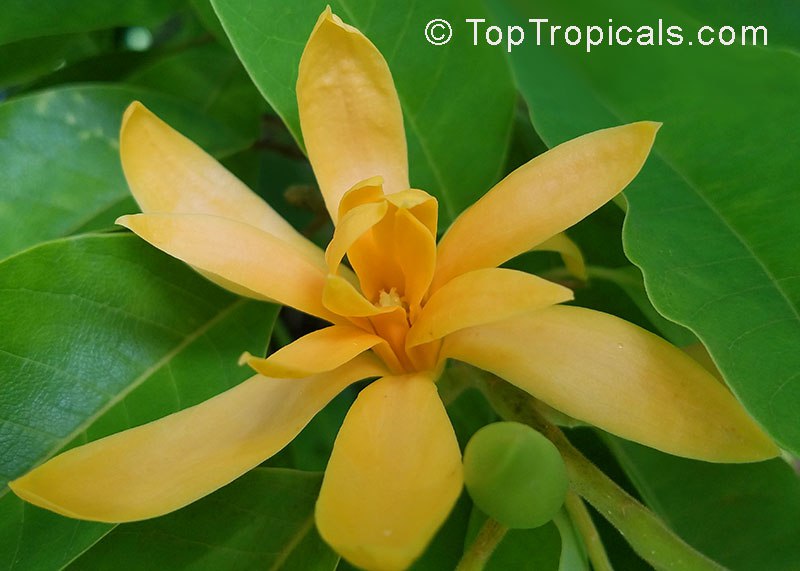
Magnolia (Michelia) champaca - Joy Perfume Tree, Champaka
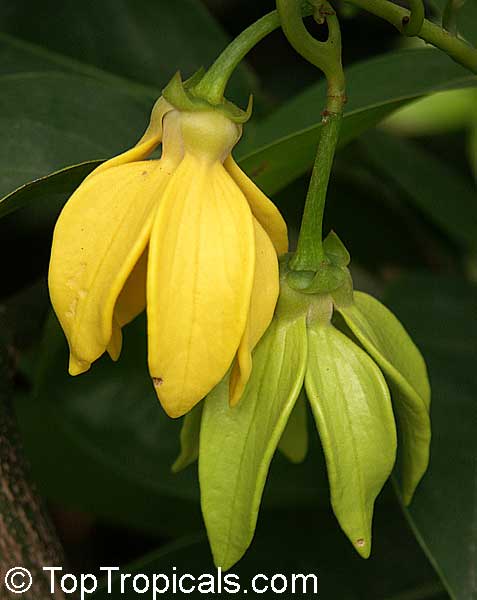
Artabotrys - Ylang Ylang vine
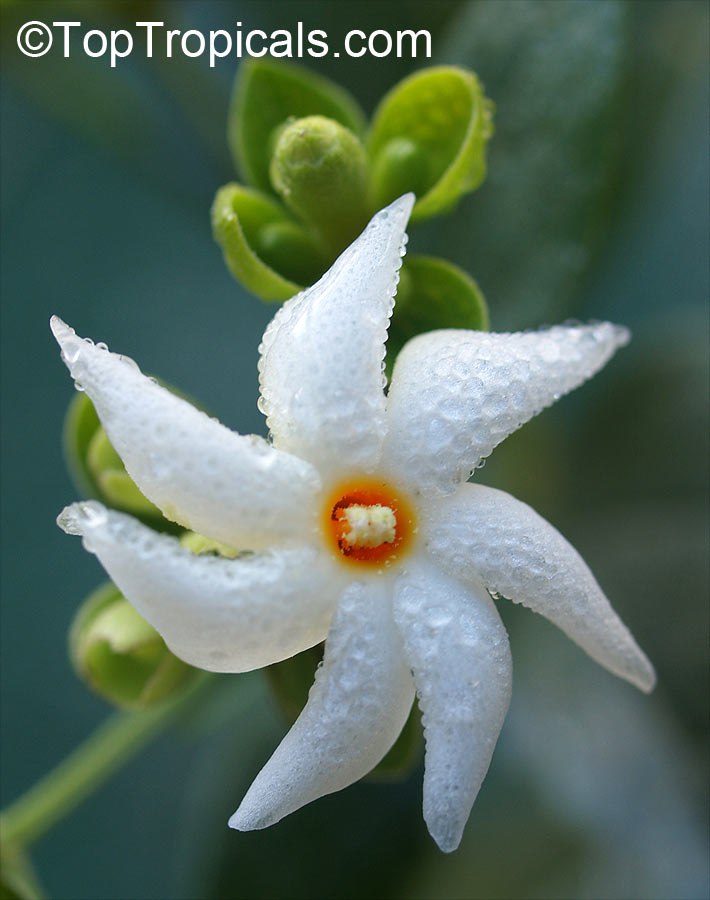
Nyctanthes arbor-tristis - Parijat
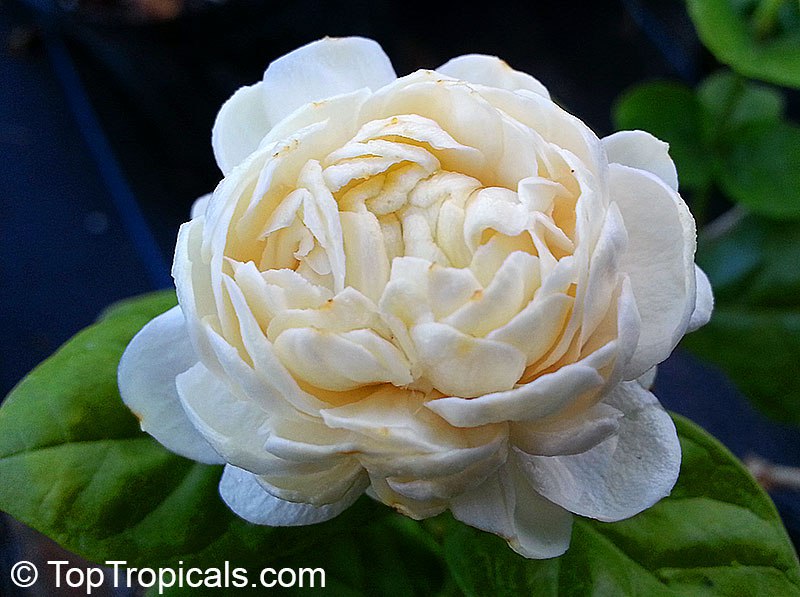
Jasminum sambac Grand Duke
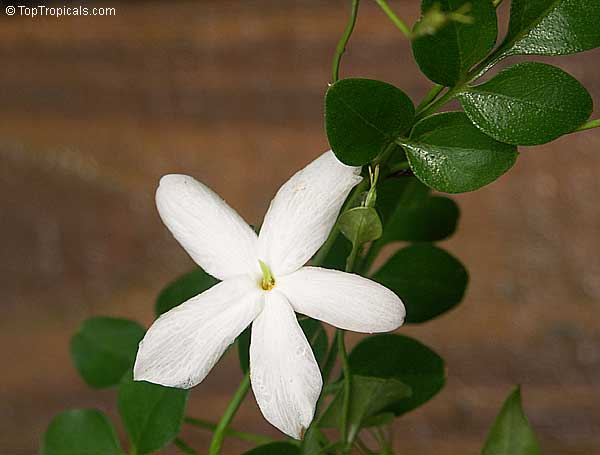
Jasminum officinale - French Perfume Jasmine
- 🕊 Cananga fruticosa - Dwarf Ylang-Ylang, Chanel No 5 Tree. One of the most desired and sought after rare fragrant plants. Elegant flowers are responsible for creation Chanel #5 perfume. Perfect small tree for a container.
- 🕊 Magnolia (Michelia) champaca - Joy Perfume Tree, Champaka. The most sacred tree of India and tropical Asia. Divine fragrance exceedingly pleasing to the Gods... The flowers are used to make the world's most expensive perfume 'Joy' and smell like fruity bubble gum, you can't stop sticking your nose in this flower!
- 🕊 Artabotrys - Ylang Ylang vine - Woody climber with strong fragrance of flowers resembling lemon candy and melon.
- 🕊 Nyctanthes arbor-tristis - Parijat. Small tree or shrub from India with highly perfumed flowers, one of the most desired fragrant plants. Mythology says the plant came to earth with God Krishna, shedding flowers like tears before dawn.
- 🕊 Jasminum sambac - the most popular and the most fragrant Jasmine for both indoor or outdoor culture. Varieties: Arabian Nights, Belle of India, Mangalore Malli, Grand Duke, Grand Duke Supreme, Gundu Malli, Maid of Orleans, Mali Chat, Mysore Mulli, Little Duke Supreme - Baby Duke.
- 🕊 Jasminum officinale - French Perfume Jasmine - Essential oil of this jasmine is one of the most important components in perfumery.
🛒 Shop fragrant plants
#Perfume_Plants
🔴 Join 👉 TopTropicals
